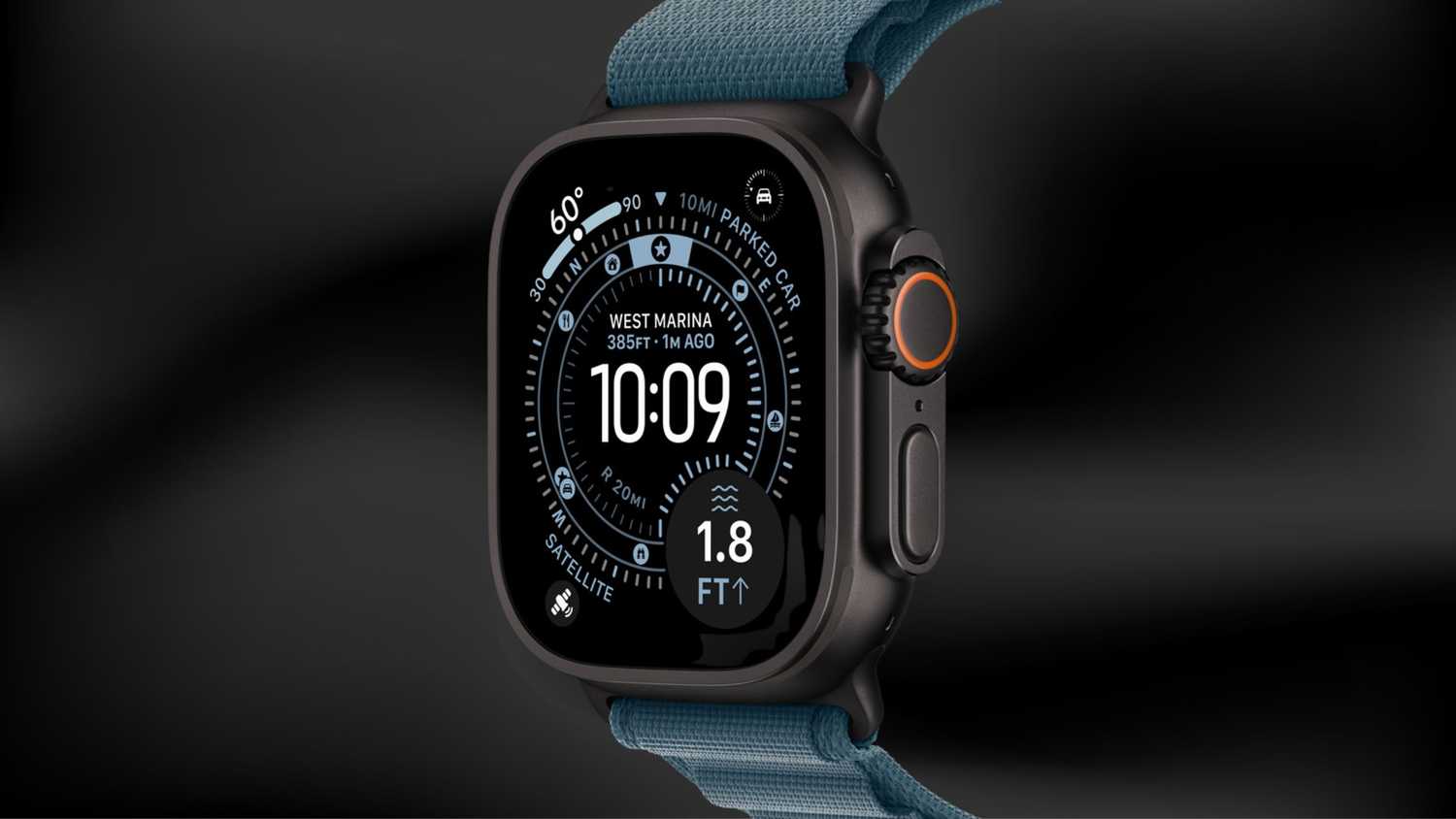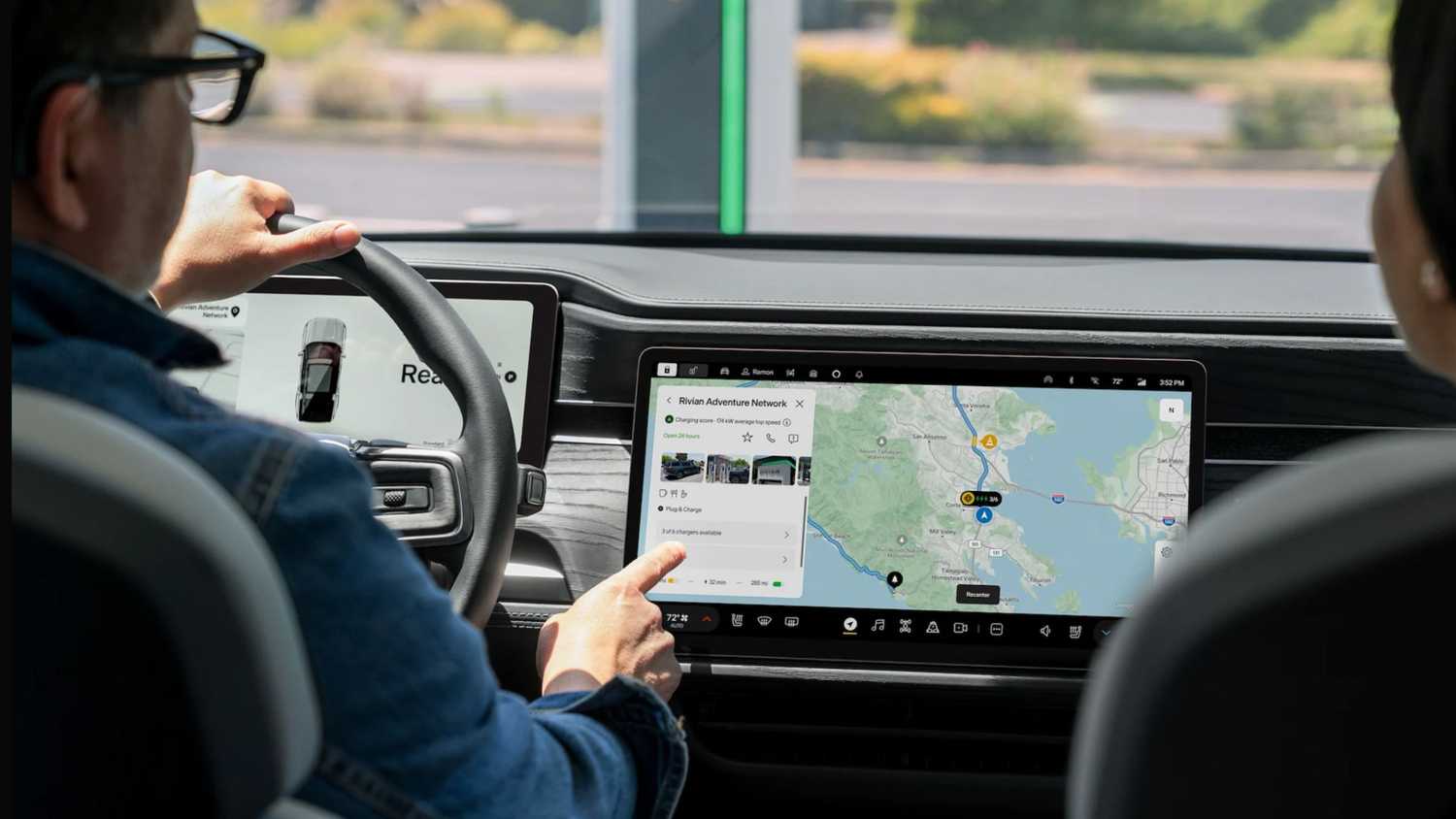Summary
- Apple Maps is posing a better challenge to Google Maps with iOS 26, one perk being Preferred Routes — which offers the ability to select your normal way of getting somewhere, not just a generic recommendation.
- The update builds on top of many other advancements Apple has made over the years.
- Google Maps may still have my vote in the long run, owing to things like multi-platform support and a far better web app.
You might not remember, but when Apple Maps first launched with iOS 6, replacing Google Maps on iPhones, it was a disaster. Beyond lacking many features Google users took for granted, its coverage was limited. Often that coverage was inaccurate or even dangerous — one story I vividly remember reporting on involved Australian drivers ending up stranded in the Outback. They had to be rescued, which might be the most damning review you could ever give an app.
I and many others largely avoided Apple Maps for a long time after that. I would dip into it occasionally to check its progress, but then switch back to Google (or maybe Waze) almost immediately. The software did quickly move past its “disastrous” phase, but there was no compelling reason to drop Google, especially if you were traveling internationally or had a lot of bookmarked addresses. You should see my bookmarks for Austin — the city is practically smothered in stars.
Since the release of iOS 26, I’ve found myself not only using Apple Maps a lot more, but toying with making it my default navigation app. That’s not guaranteed at this stage for a few reasons, but Apple has made enough advancements to at least contemplate the idea.
What’s so special about Apple Maps in iOS 26?
Figuing out how you actually drive
Strictly speaking, there aren’t that many changes. Some people are fond of the new Visited Places feature, which borrows a cue from the Google Maps Timeline in letting you see where you’ve been over the years. I don’t find either tool particularly useful outside of nostalgia — it’s not like I’m traveling so often that I’m forgetting the best places to visit in Ottawa or Osaka.
There’s greater potential in the app’s new Apple Intelligence-based Siri searches, since I could hypothetically ask something like “find BBQ restaurants with free Wi-FI” and get meaningful results. In practice, though, I rarely have an interest in searching that way. I’m either headed to a specific address — the gym, the airport, the doctor, etc. — or I’m content to use the app’s basic filter buttons and browse for something close by. Proximity usually reigns supreme, and when it doesn’t, there’s a lot more to investigate than basic categories, amenities, or ratings.
The thing that’s caught my attention with iOS 26 is a feature called Preferred Routes. Apple Maps has long been able to predict where you’ll be headed at a given time. The iOS 26 version of the app can not only alert you to relevant delays, but suggest the route you would normally, actually take as one of your navigation options.
That might not seem like a big deal. In many cases, it won’t be — you have to drive the same route for a while for Maps to pick up on it, and your normal route will often align with other recommendations anyway. We’ve all had those moments, however, when an app’s generic routes don’t acknowledge the realities of where they’re taking you. A left turn might cross a road that barely has enough openings to make it safely — a backroad, meanwhile, could be in such bad shape that it’ll damage your tires or windshield. In Austin, where I used to live, people often avoid I35 or MoPac if at all possible, despite those being the best choices on paper. Preferred Routes should allow you to navigate without being nudged into these sorts of traps.
There’s no equivalent of this feature in Google Maps yet. It should be possible, since it’s not too hard to extrapolate from Timeline data. Until then, though, Preferred Routes could potentially be a game-changing advantage for me and others. I’m not making any firm conclusions until I’ve had some more time behind the wheel.
The impact of cumulative upgrades
Hard work is finally paying off
Returning to Apple Maps has reminded me of other things the app has done better for a while. Perhaps my favorite is its more detailed voice instructions. Instead of just saying something like “in 400 meters, turn right,” Siri will reference real-world markers, for example turning that last prompt into “after the stop sign, turn right” or “at the next set of lights, turn right.” I don’t know about you, but I find raw distance figures meaningless in city driving — I get more out of watching how close my arrow icon is to an upcoming turn.
Apple Maps is also closely integrated with the Apple Watch. When a turn is coming up, my wrist vibrates. Directions will continue to display on the Watch if I get out of the car and I’m still some distance away, and watchOS 26 can even highlight nearby Maps destinations on its Waypoint watchface, regardless of whether you have the app open. None of this is fair to Google, which doesn’t have the same level of device access, but it’s an advantage nevertheless.
Where things aren’t better, they at least feel (mostly) on par with Google Maps. Both apps have pretty thorough coverage of Edmonton, where I currently live, including 3D buildings and basic business info. They also share incident reporting, and the ability to route you around major traffic delays. Neither is fully reliable when it comes to highlighting nearby bike trails, which matters a lot to me now that I’m riding my EUC further away from home.
The pull of Google Maps
Why switching may not be possible yet
The biggest drawback of Apple Maps is its exclusivity. While it has a beta web interface, it’s a pale shadow of both Google Maps and the version for Apple devices — you can’t even log in your Apple Account — and there’s no native Android app to speak of. That makes planning far less convenient than it is with Google Maps, and sharing largely pointless unless the person you’re sending a link to is also an iPhone owner. If you dare to switch away from Apple products, your bookmarks won’t carry over. From a flexibility standpoint, it’s very hard to justify switching away from Google Maps permanently.
Apple also tends to trail behind Google when it comes to bringing features to more countries. Whereas it’s strange to find a place where Google Street View doesn’t work, the Apple equivalent (Look Around) isn’t even available in every major US city, let alone being able to count on it for a trip to Mexico or Jamaica. Often, Apple’s priorities are bizarre. I can’t get augmented reality walking directions in Edmonton, a major Canadian city, but I can get them in Wigan or Southend-on-Sea in the UK.
The extra business details Google collects can make a big difference, too. I can almost always count on a Google restaurant listing having a menu available, whereas Apple boots you to third-party websites or apps. Google location pages also tend to display activity levels and visitor reviews. Wrapping these things together, it’s hard to ignore how much more useful Google Maps is for making a decision. It’s automatically my tool of choice for planning any vacation. At best, I might turn to Apple Maps for turn-by-turn walking directions when I land.
I’m going to keep maining Apple Maps for a little while longer, at least. But in the long term, I think Apple is going to have to make some strategic improvements to win me over completely.
Trending Products

Thermaltake V250 Motherboard Sync A...

CHONCHOW LED Keyboard and Mouse, 10...

SAMSUNG 27″ CF39 Series FHD 1...

HP Stream 14″ HD BrightView L...

HP Latest Pavilion 15.6″ HD T...












